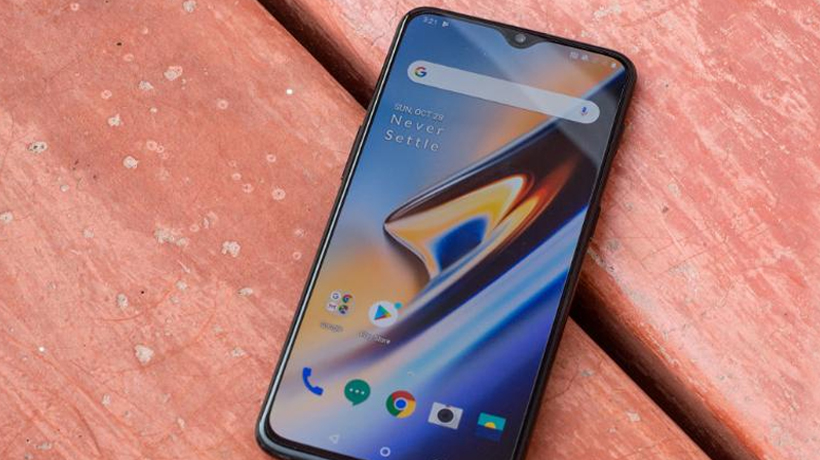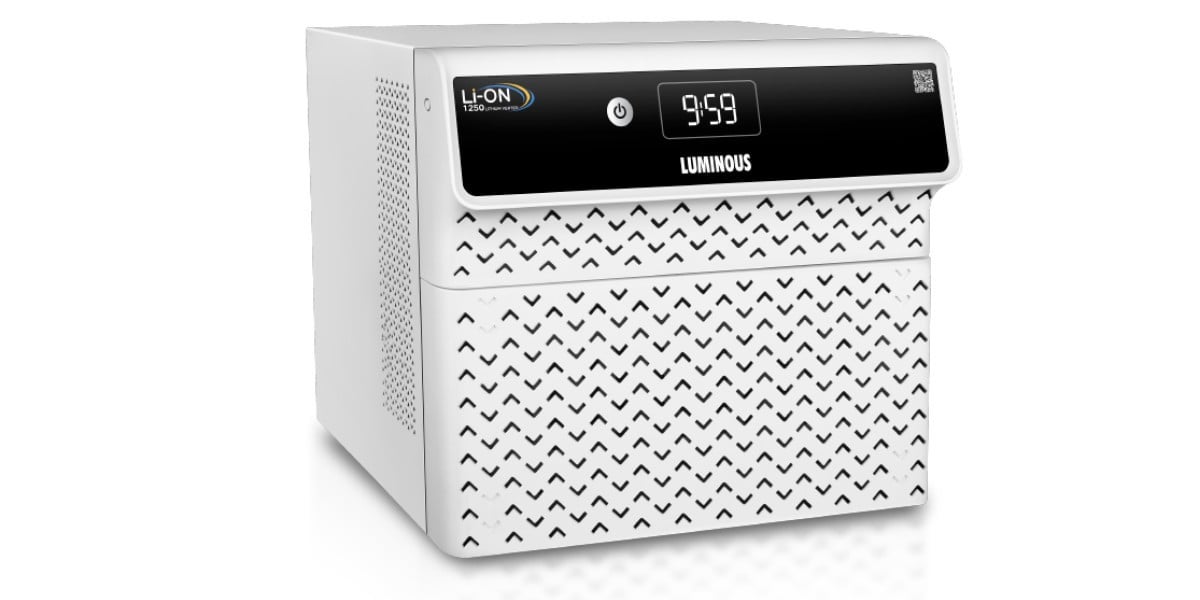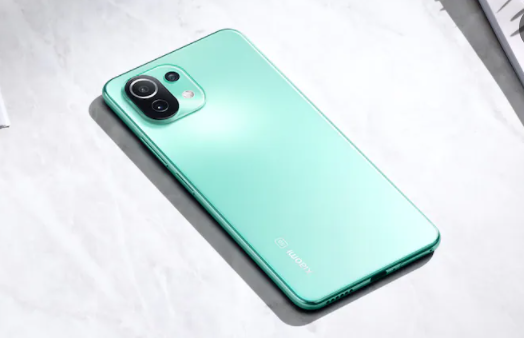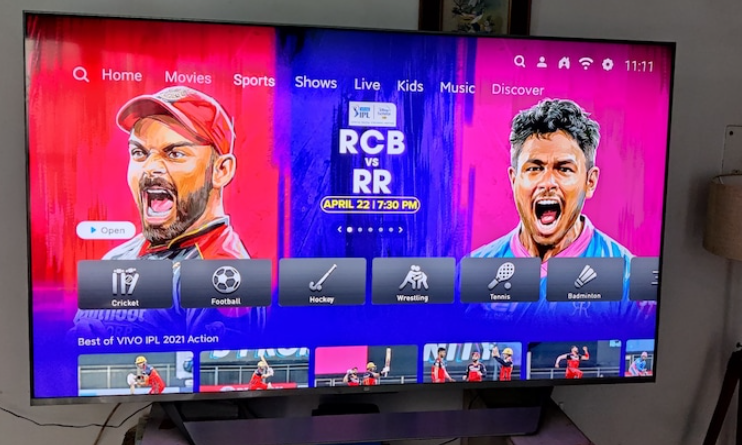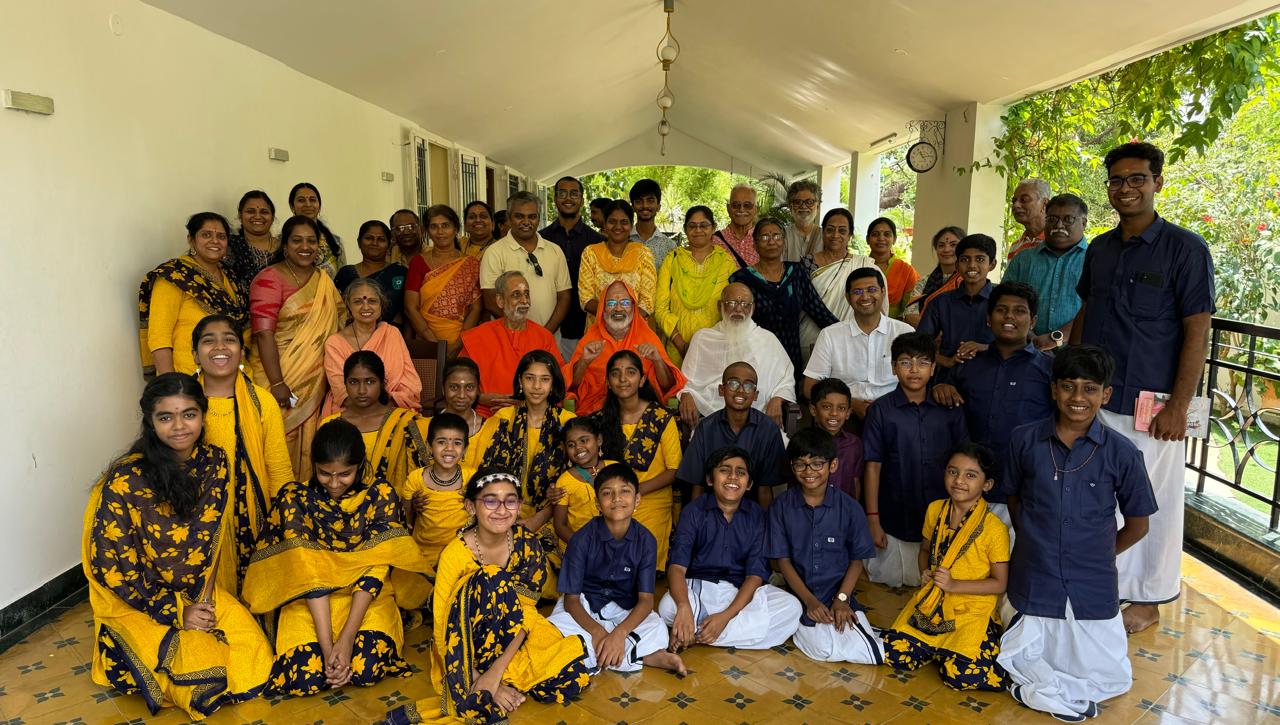Trending Now
- Delta and North fall under the last 15 places with regard to Plus 2 results. This is due to the callous attitude of the government: PMK founder Ramdoss
- England Cricket Board speaks to BCCI seeking to show England players at the IPL Play Off tournament.
- Dhruv Vikram starring Mari Selvaraj’s movie has been titled Bison.
Technology
Realme 2 Pro, OnePlus 6T, iPhone XR: Best phones to buy in November
![]() November 3, 2018
November 3, 2018
2018 has been an incredibly busy year for smartphones, a lot of which have been mighty impressive. With just two months to go before the year comes to a close, pretty much all the major launches have been done and dusted. We don’t expect any significant announcements to take place over the next two months, unless HMD decides to finally announce its 2018 flagship smartphone.
Every month, we take a look at some of the best phones available in the market to help you decide which phone is worth your money. Our November list is going to be pretty definitive in that the phones mentioned here offer the best value for money and are likely going to stay that way until year-end. Here’s a look at some of the best phones you can buy this month.
Best phone(s) under Rs 10,000
Realme C1: Rs 6,999
Realme recently launched the Realme 2 Pro in India. But while this is a mid-range smartphone, the company surprised everyone by announcing an entry-level Realme C1 as well. The company has been quietly shaking up the market by offering some segment-first features. The Realme C1 is one of the cheapest phones you can find with a notched display. It bears a lot of similarities with the Realme 2 right from the chipset to battery, but at a much more satisfactory price point.
The Realme C1 sports a 6.2-inch notched display, Snapdragon 450 chipset coupled with 2GB of RAM. It houses a 4,230mAh battery similar to the Realme 2. The entry-level smartphone comes with a 13MP + 2MP dual camera setup on the back with PDAF and f/2.2 aperture, and a 5MP front-facing sensor. It ships with Android 8.1 Oreo with Oppo’s ColorOS 5.1 on top.
Redmi Note 5: Rs 9,999
Xiaomi has a pretty dominant position in the sub-Rs 10,000 segment and there are a few reasons for that. One is the Redmi 6A which is one of the best entry-level phones you can buy right now. The other is the Redmi Note 5 which is s an impressive all-rounder that offers good performance and battery as well as an 18:9 FHD+ display.
The Redmi Note 5 is powered by a 2GHz octa-core Qualcomm Snapdragon 625 chipset with Adreno 506 GPU. Similarly, it comes in two variants – one with 3GB of RAM and 32GB of storage and one with 4GB of RAM and 64GB of internal storage, expandable up to 128GB via a hybrid microSD card slot. The device sports a 12MP rear camera with dual LED flash and PDAF.
Best phone(s) under Rs 20,000
Realme 2 Pro: Rs 13,990
Realme has had a solid start this year with four unique smartphones, some of which have been segment-disrupting. The Realme 2 Pro may not be grabbing headlines like the Poco F1, but there is no denying that it is quietly shaking up the affordable mid-range segment. This is because it brings a number of segment-first features such as a waterdrop display and Snapdragon 660 chipset for under Rs 15,000. At Rs 13,990, the phone brings a mix of style and power that is not a common sight to see at this price point.
Powering the Realme 2 Pro is an octa-core Snapdragon 660 AIE chipset with Adreno 512 GPU. This is coupled with up to 8GB of RAM for smooth and swift multitasking experience. The company is also touting a great gaming experience thanks to a powerful mid-range chipset. The phone will be offered with up to 128GB of internal storage, which is expandable up to 256GB via a microSD card. The Realme 2 Pro houses a 3,500mAh battery that will deliver a full day of battery life. It also supports dual 4G and dual VoLTE. The phone also offers 16MP sensors for all three cameras on board.
Nokia 6.1 Plus: Rs 15,999
HMD has had a busy year, launching close to a dozen smartphones, most of which have made their way to India, including the Nokia 6.1 Plus. Launched a couple of months ago, the 6.1 Plus is one of HMD’s most value for money offerings as it brings an all-glass design, notched display and powerful hardware. The icing on the cake is that HMD managed to price the device competitively as well.
The Nokia 5.1 Plus brings a 5.8-inch FHD+ (1080×2280) TFT display with a 2.5D Corning Gorilla Glass 3 on top and an aspect ratio of 19:9. Powering the device is an octa-core Snapdragon 636 chipset paired with 4GB of RAM and 64GB of internal storage, which is expandable up to 400GB via microSD card. The Nokia 6.1 Plus bears a dual camera setup which includes a 16-megapixel primary sensor with f/2.0 aperture and a 5-megapixel secondary sensor with similar aperture. The phone houses a 3,060mAh battery with support for fast charging via USB Type-C port. Notably, the Android One phone got updated to Android 9 Pie, making it an even sweeter deal for anyone looking for an affordable smartphone with Pie.
Best phone(s) under Rs 30,000
Poco F1: Rs 20,999
Xiaomi sub-brand Poco trolled OnePlus this week after the launch of the OnePlus 6T in India. Reason? Because the OnePlus 6T costs Rs 37,999 while the Poco F1 is priced at Rs 20,999 and both offer the same Snapdragon 845 chipset. Whether Poco’s digs are justified or not is a debate for another day. But that’s the Poco F1 for you – a phone that is easily the most surprising and disruptive smartphone of 2018. It continues to be the cheapest Snapdragon 845-powered phone right now, and will likely hold that title till the end of 2018.
The Poco F1 brings a 6.18-inch FHD+ display with a 18.7:9 aspect ratio. It is powered by a 2.8GHz octa-core Snapdragon 845 chipset coupled with up to 8GB of RAM and 256GB of internal storage. The dual camera setup on the back includes a 12MP + 5MP setup while the front gets a 20MP selfie sensor. The phone also houses a large 4,000mAh battery to take you through a good day and a half. Recently, it was confirmed by the company that the Poco F1 will get Android 9 Pie as well as Android Q in the future.
Asus ZenFone 5Z: Rs 29,999
Asus has shown that it is capable of taking on some heavyweights in the smartphone world this year. Not only did it launch the budget ZenFone Max Pro M1, but it also launched an affordable Snapdragon 845 phone with the ZenFone 5Z. It’s quite an underrated phone and probably does not see the kind of hype that it should.
The ZenFone 5Z brings a tall 6.2-inch FHD+ display with a 19:9 aspect ratio. It is powered by a Snapdragon 845 chipset and the base variant comes with 6GB of RAM and 64GB of internal storage. The ZenFone 5Z houses a 3,300mAh battery with fast charging support, supports stereo speakers and High-Res audio, among other things. The phone runs Android Oreo-based ZenUI and Asus says it has cut down on a lot of bloatware, keeping things cleaner and simpler. The dual camera setup includes a primary 12-megapixel sensor with large 1.4um pixels, f/1.8 aperture, dual-pixel phase detection autofocus, four-axis OIS and EIS. The secondary camera comes with an 8-megapixel wide-angle sensor for depth of field shots. Up front, the ZenFone 5Z sports an 8-megapixel sensor and the camera
Best phone(s) under Rs 40,000
OnePlus 6T: Rs 37,999
OnePlus announced its newest flagship, the OnePlus 6T earlier this week in India. The phone succeeds the OnePlus 6 and is now the only OnePlus phone available in the market. The OnePus 6T is an iterative update over the OnePlus 6. It brings an updated design such as a bigger display with a smaller notch and an in-display fingerprint sensor, while keeping most of the internals the same as its predecessor.
The OnePlus 6T sports a 6.4-inch FHD+ AMOLED display and is powered by a Snapdragon 845 chipset coupled with up to 8GB of RAM. The glass on the front and back is also upgraded to Gorilla Glass 6. The 6T also loses to features – a physical fingerprint sensor and a 3.5mm headphone jack. Instead, the OnePlus 6T gets an in-display fingerprint sensor that will unlock the device in 0.34 seconds. The 6T houses a 3,700mAh battery with Dash Charge support and ships with Android 9 Pie.
The cameras remain the same as well with the rear module getting a 16MP + 20MP setup with f/1.7 aperture and OIS + EIS support, and the front getting a 16MP sensor. OnePlus is touting a new Nightscape feature that uses HDR algorithm to improve low-light photography.
Best phone(s) that money can buy
Samsung Galaxy Note 9: Rs 67,900
In the super premium segment we have the trinity – Samsung, Google and Apple. These brands make some of the most high-end phones and usually set the stage for other brands to follow. The Galaxy Note 9 is perhaps the best flagship Samsung has created in a while. In fact, it is by far Samsung’s best Note phone in a while. It brings everything we love about a Note device but takes it up a notch as well. Not only does it bring a taller and gorgeous display, but it also packs some serious performance and a battery life worthy of a Note.
The Galaxy Note 9 sports a 6.4-inch screen with QHD+ (2960×1440) Super AMOLED Infinity display. It is powered by an Exynos 9810 chipset with the base variant getting 6GB of RAM and 128GB of internal storage. Samsung has also fitted a large 4,000mAh battery, which is a major bump from the Galaxy Note 8 as well as the Galaxy S9+. The device runs Android Oreo out-of-the-box with Samsung’s Experience UI on top. You get a 12MP + 12MP dual camera setup with dual OIS and the f/1.5-2.4 variable aperture feature that has won the Galaxy S9 phones a lot of praise. The front camera is also similar at 8-megapixel and F/1.7 aperture.
Google Pixel 3: Rs 71,000
After Samsung, we have Google with its Pixel 3 and Pixel 3 XL flagships. The phones went on sale in India on Thursday and among them the Pixel 3 makes the most sense for consumers in the country. Not only does it come at a lower price point compared to the Pixel 3 XL, it also does not come with a distracting notch. The rest of the Pixel 3 right from hardware to cameras are the same as the Pixel 3 XL.
The Pixel 3 sports a 5.5-inch FHD+ (2160×1080) OLED display with a 18:9 aspect ratio, while the Pixel 3 XL offers a taller 6.3-inch FHD+ (2960×1440) display with 18.5:9 aspect ratio and a very deep notch. They are powered by a Snapdragon 845 chipset that’s paired with 4GB of RAM. The Pixel phones are offered in two storage options – one with 64GB of internal storage and another with 128GB of internal storage.
As for the cameras, Google has included two 8MP front-facing cameras, one of which offers a wide-angle lens for group selfies. On the back, both the Pixel phones come with a 12.2MP dual pixel sensor with 1.4 micron pixels, autofocus, dual PDAF, OIS + EIS and f/1.8 aperture. The regular Pixel 3 houses a 2,915mAh battery while the XL model gets a bigger 3,430mAh battery.
iPhone XR: Rs 76,900
We end the list with an iPhone, because no list is really complete without looking out for iOS fans. You may wonder why we haven’t listed the iPhone XS or XS Max, and the answer is pretty simple – As great as those iPhones are, they come at ridiculously high prices. The iPhone XR is the perfect iPhone for most consumers looking to upgrade from an iPhone 8 or older iPhone. While it comes with a few downgrades like an LCD display instead of OLED, and single rear camera instead of dual cameras, these aren’t significant. The iPhone XR is a fantastic iPhone that comes with a sharp and vivid LCD panel, capable cameras and perhaps the best battery life on any iPhone yet.
In terms of size, the iPhone XR slots between the iPhone XS and XS Max. It gets a 6.1-inch LCD Liquid Retina HD display (1792×828). It is powered by the A12 Bionic chipset and brings 3GB of RAM. The iPhone XR also supports Face ID and ships with iOS 12. The single 12MP wide-angle camera on the back comes with OIS and f/1.8 aperture. The front sees a 7MP TrueDepth camera similar to the other two iPhones.





